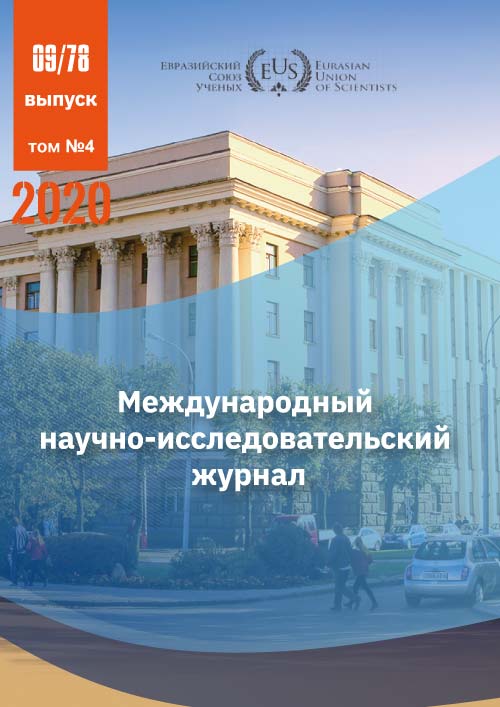MALE AND FEMALE PROFESSIONS: GENDER STEREOTYPES AND DISCRIMINATION IN THE LABOR MARKET
Abstract
The study of sexuality and physicality is not a new but already an actual direction of the sociology of culture. The interest that exists in media and political discourse in what norms and ideas about sexuality are transmitted through art, mostly mass art. The concepts of body and corporeality have many interpretations that have changed and acquired new meanings throughout the history of human development. In the modern era of post-information society, the spread of simulacra of reality, corporeality acquires special contours, the body itself is transformed, the ways and essence of what is represented by the body, understood as a certain dimension of human existence, change. The article presents a sociological analysis of physicality and sexuality in the context of gender socialization.
References
5. Toffler E. Shock of the future. Moscow, 2004. From 486. 15.
6. Aubrey, John. C. sexual objectification in music videos: content analysis comparing gender and genre / j.S. Aubry, K. M. Frisby / / mass communication and society. - 2011.- No. 14. - Pp. 475-501.
7. Mcclary, S. Female Endings. Music, gender and sexuality / S. McClary. Minnesota: University of Minnesota Press, 2002. - 221 p.
8. Wallis, K. performing gender: content / / sexual roles. - 2011. - No 64. - Pp. 160-172.
9. Online-sourse World Bank Open Data, 2018
10. Universal Declaration of Human Rights
11. Resolution Of the government of the Russian Federation of February 25, 2000 N 162 " about the approval of the list of heavy works and works with harmful or dangerous working conditions at which performance application of work of women is forbidden"
12. World Health Organization
13. Edunews journal analysis of gender mapping in music videos / S. Wallis
CC BY-ND
A work licensed in this way allows the following:
1. The freedom to use and perform the work: The licensee must be allowed to make any use, private or public, of the work.
2. The freedom to study the work and apply the information: The licensee must be allowed to examine the work and to use the knowledge gained from the work in any way. The license may not, for example, restrict "reverse engineering."
2. The freedom to redistribute copies: Copies may be sold, swapped or given away for free, in the same form as the original.







